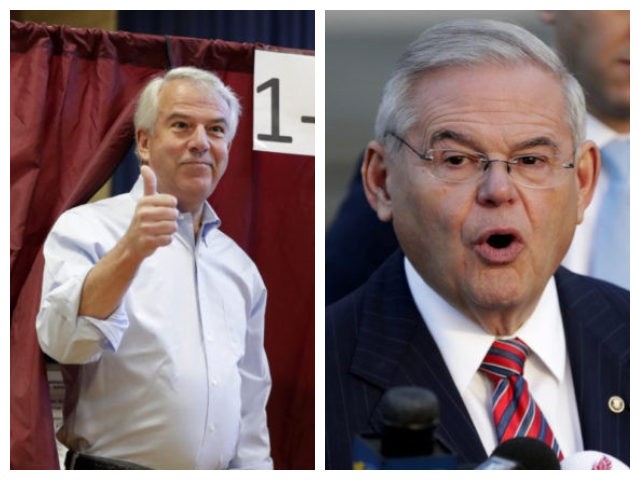There is little question that the origins of the American Revolution, and the later War Between the States, are rooted in New England’s illicit trade in slaves and molasses, and England’s efforts to stop the maritime competition with the mother country. By 1750, Rhode Island had become the center of the transatlantic slave trade, surpassing Liverpool for the dubious honor.
The author below writes: “nine-tenths of the colonial merchants and skippers had become smugglers as the break with England neared. Such men as John Hancock, a prince of contraband traders, on the eve of Paul Revere’s ride had for counsel before the Admiralty Court in Boston none other than John Adams, answering for him a half-million dollar suit in penalties as a smuggler.” He went on that “One-quarter of all the signers of the Declaration of Independence were bred to commerce, to the command of ships and to contraband trade.”
Bernhard Thuersam, www.Circa1865.org The Great American Political Divide
New England’s Perpetuation of Slavery
“In accord with the spirit of the times the British Parliament passed a series of statutes in 1633 providing, among other things, that nothing could be brought into the colonies that wasn’t carried there in British ships, “whereof the master and three-fourths of the crew are English.”
[Concerned about the rise of illicit maritime trade of New England] the shipbuilders of the Thames district met in London in the winter of 1724-1725 and formally complained to the Lords of Trade:
“In the eight years ending in 1720 we are informed that seven hundred sail of ships were built in New England, and that in years since, as may if not more; and that the New England trade, by the tender of extraordinary inducements, has drawn over so many working shipwrights that there are not enough left to carry on the work [in England].”
Linked inseparably with the venture south to the [West] Indies the colonists’ brisk trade in rum and what they were in the habit of calling “Black Ivory.” For the Indies trade was a three-cornered affair hinging on rum, slaves and molasses. Together they comprised the foundation for more ships and hence more trouble than all the politicians ashore put together.
The New Englanders had Indian slaves as early as 1637 . . . and more or less formal business developed, with traders nabbing Indians along the banks of the Kennebec River in Maine and selling them into slavery up and down the coast. It was the black ivory from Africa, however, that turned the trick in the West Indies trade and established Southern slavery on a solid and enduring footing.
The mechanics of this all-important trade worked like this: molasses was brought to New England and made into rum; the rum, highly prized among Negroes on the west coast of Africa, brought its own price among the drinkers, a price that included any of their relatives or friends who might have the bad judgment to be lying about, and the resultant human cargoes were disposed of profitably in Boston, Newport [Rhode Island] and on south.
Not all the West Indies rum was drunk by Negroes. A flourishing local trade in fur was conducted with the Indians by the extremely profitable exchange of a few bottles of cheap rum or whiskey for the entire season’s catch of its drunken owner. The tribal chiefs . . . in 1726, begged without avail to have the sale of firewater to the young braves stopped.
It is hardly surprising, then, that among the first real troublemakers of all the British efforts to raise money [to support the colonies] was a new Molasses Act, for it was molasses brought in from the French West Indies from which New England rum was made. To put teeth into the effort Parliament authorized the use of writs of assistance, a sort of search warrant covering an entire community that gave British customs officials the right to search any ship, warehouse or even private home for smuggled goods.
When the harried Board of Trade and Plantations finally decided to act, its attempt to enforce the Navigation Acts [to restrict New England’s rum and slave triangle] was the spark in the touchhole that set the guns to booming.”
(Yankee Ships, an Informal History of the American Merchant Marine, Reese Wolfe, Bobbs-Merrill Company, 1953, excerpts pp. 39; 43-44; 49-51)











